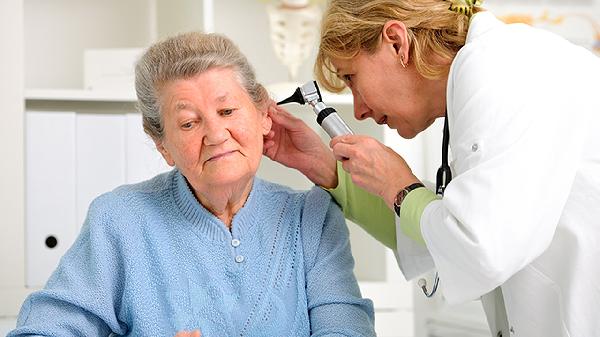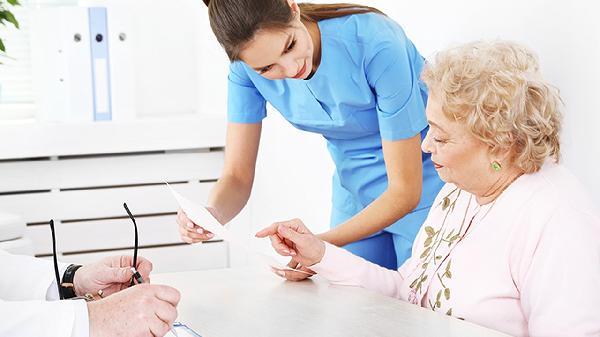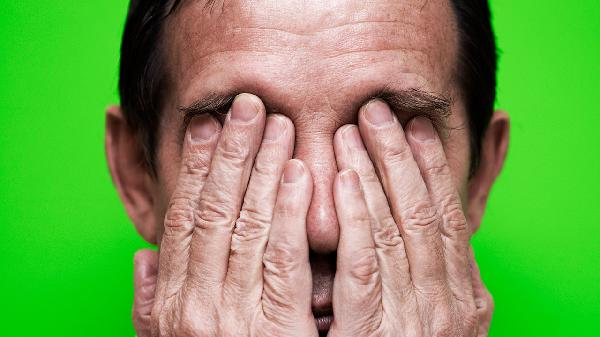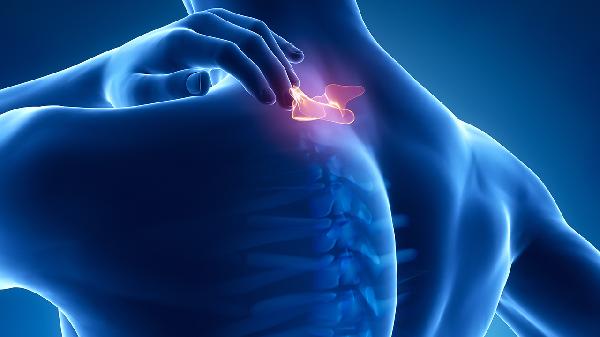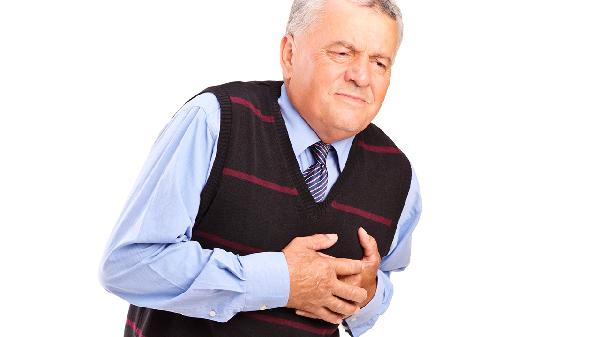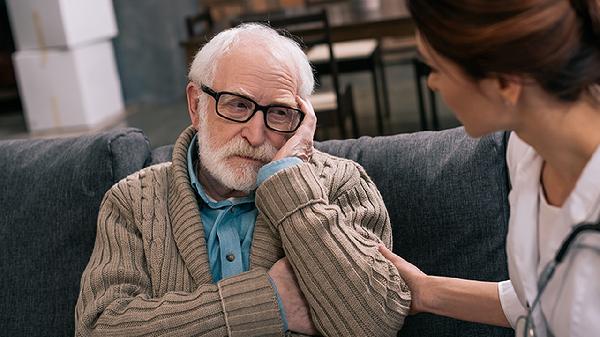The skin of elderly people is generally not in great condition. This is because as people age, the skin on their faces undergoes varying degrees of atrophy, and may even become sensitive. This is very common, but such skin requires even more care. If not properly maintained, the skin can become prone to allergies and may turn dull and yellowish, losing its natural glow. This can make the person appear lifeless and lacking in energy. Why does the skin of elderly people turn yellow?
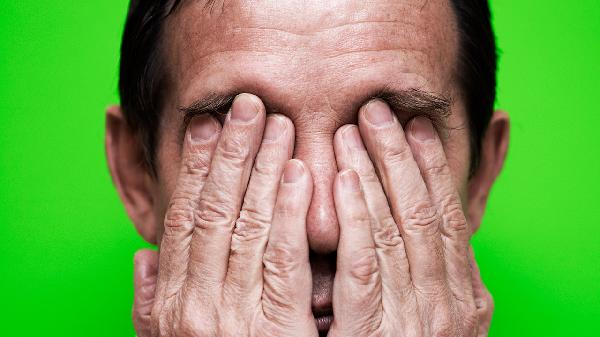
Reasons for Yellowing Skin in the Elderly
1. Yellowish Face
Yellowing is mainly due to liver damage or bile duct obstruction, which causes the concentration of bilirubin in the blood to exceed normal levels, infiltrating tissues and mucous membranes. This is medically referred to as "jaundice." Such a complexion is commonly seen in patients with acute hepatitis, acute cholecystitis, gallstones, cirrhosis, liver cancer, or pancreatic cancer. Additionally, patients with hookworm disease may also exhibit a yellowish face due to long-term chronic blood loss.
2. Red Ears
The ears reflect the condition of the kidneys. Red or purple ear rims indicate poor circulation. It is advisable to reduce alcohol consumption, eat fewer refined foods, cut down on sugar, and engage in more physical exercise to promote circulation.
3. Brownish-Red Cheeks
Flushed cheeks can be a sign of high blood pressure. Therefore, people with this complexion should reduce or quit smoking and regularly monitor their blood pressure.
4. Bluish Skin Tone
This is mostly caused by a lack of oxygen. Severe pain often turns the skin pale with a bluish tint; conditions like heart failure or congenital heart disease can also cause the skin to turn bluish-purple.
5. Red or Purple Nose
The nose can provide insights into heart health. If the nose is red or purple, it could indicate high blood pressure or excessive consumption of salt or alcohol. Therefore, maintaining a healthy diet is essential. Quit alcohol and smoking, and avoid overly salty foods.
